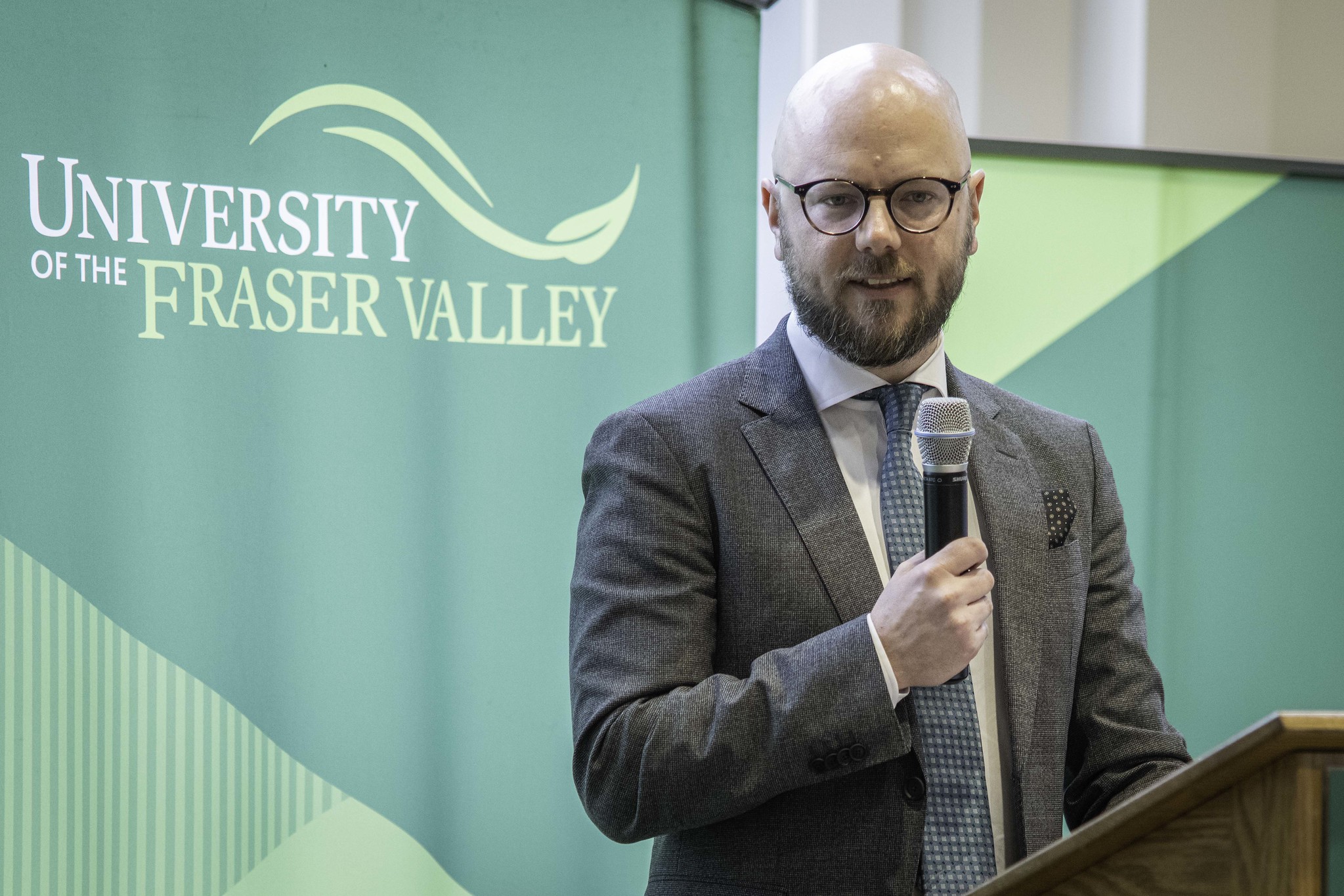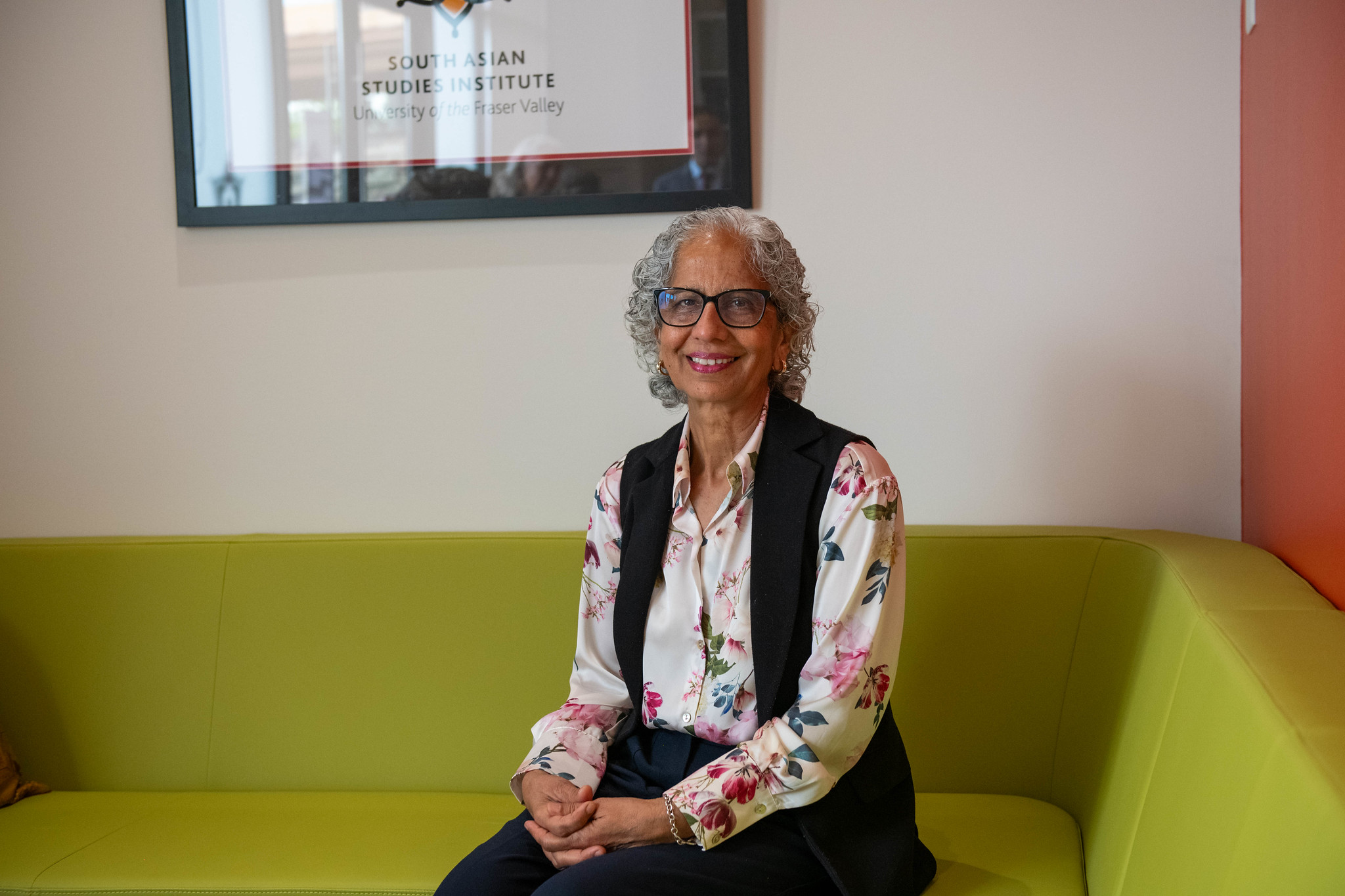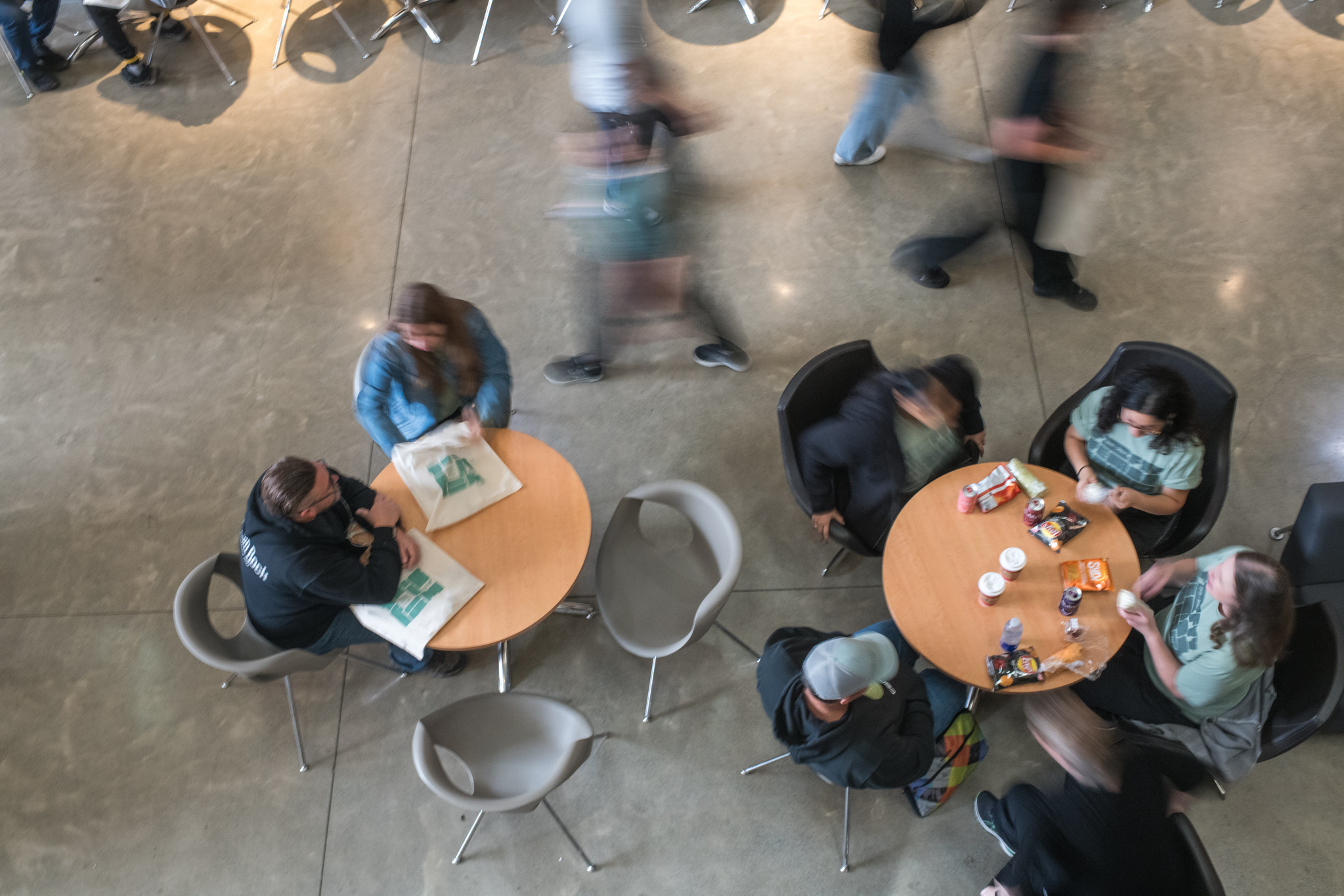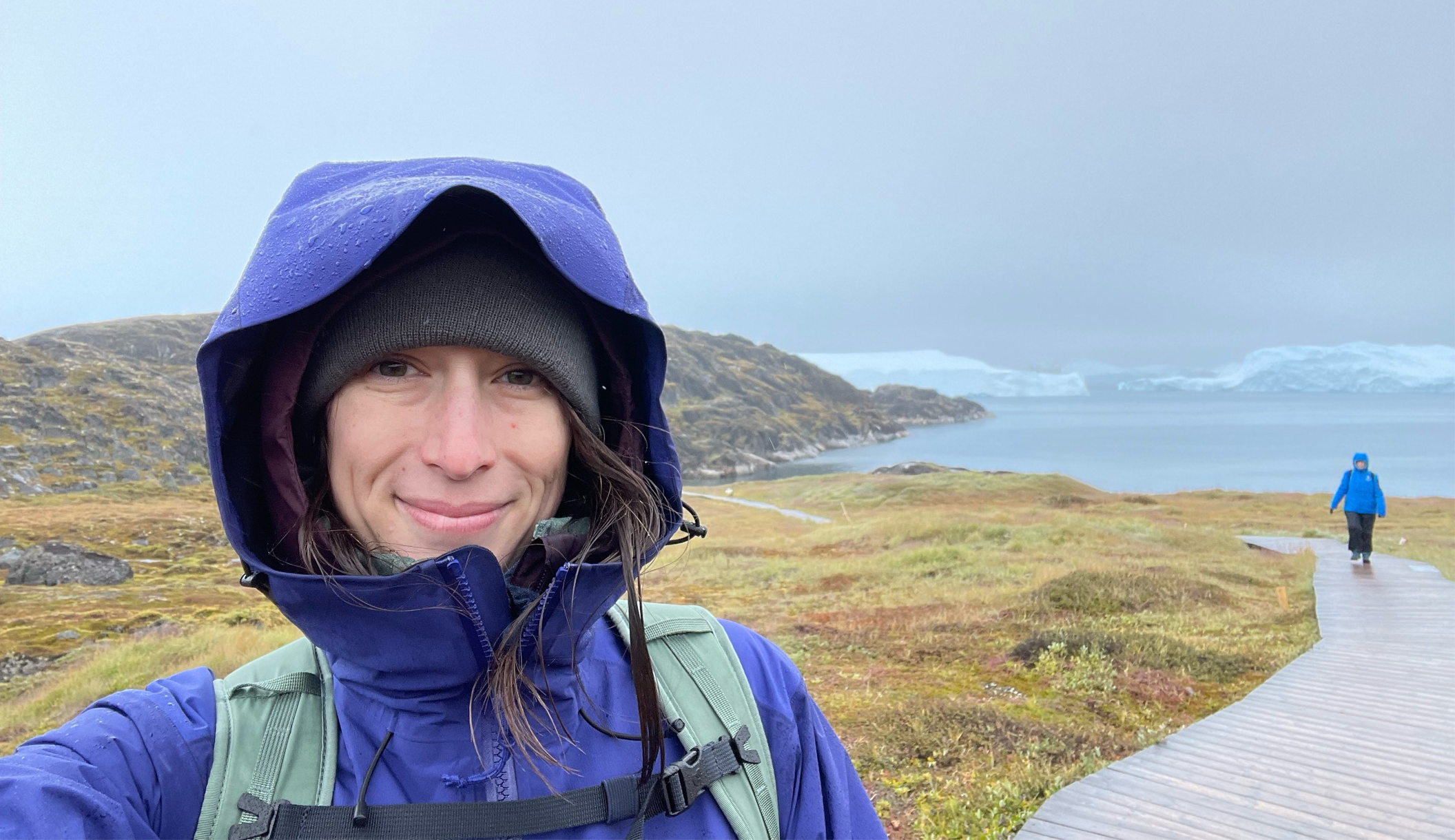UFV’s Dr. Mark Kersten contributes to landmark report on crimes against Indigenous children
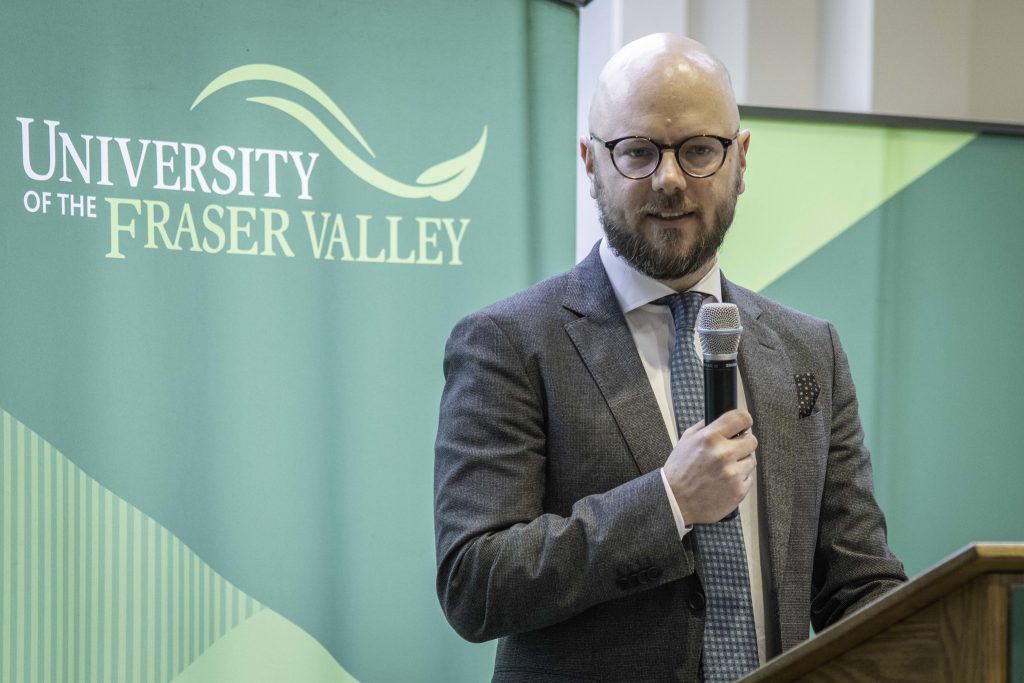
A UFV professor is a key contributor to a significant report on missing Indigenous children, unmarked graves, and burial sites associated with residential schools.
Dr. Mark Kersten, an assistant professor of criminology and criminal justice, researched and drafted four chapters in the 1,300+ page document that was released last October.
Compiled by special interlocuter Kimberly Murray, the report suggests children who died and were buried at residential schools were the victims of enforced disappearances by the state. Among other things, it recommends that the Canadian government should request an investigation into the missing and disappeared children by the International Criminal Court in The Hague, Netherlands, as an answer for crimes against humanity.
Kimberley was appointed as an independent special interlocutor by the federal Minister of Justice and Attorney General (David Lametti at that time).
Mark, an expert in international criminal and human rights law, heard about the process and volunteered to help. He produced legal analysis on how the abuse and atrocities committed against Indigenous children constituted human rights violations and crimes against humanity under international law.
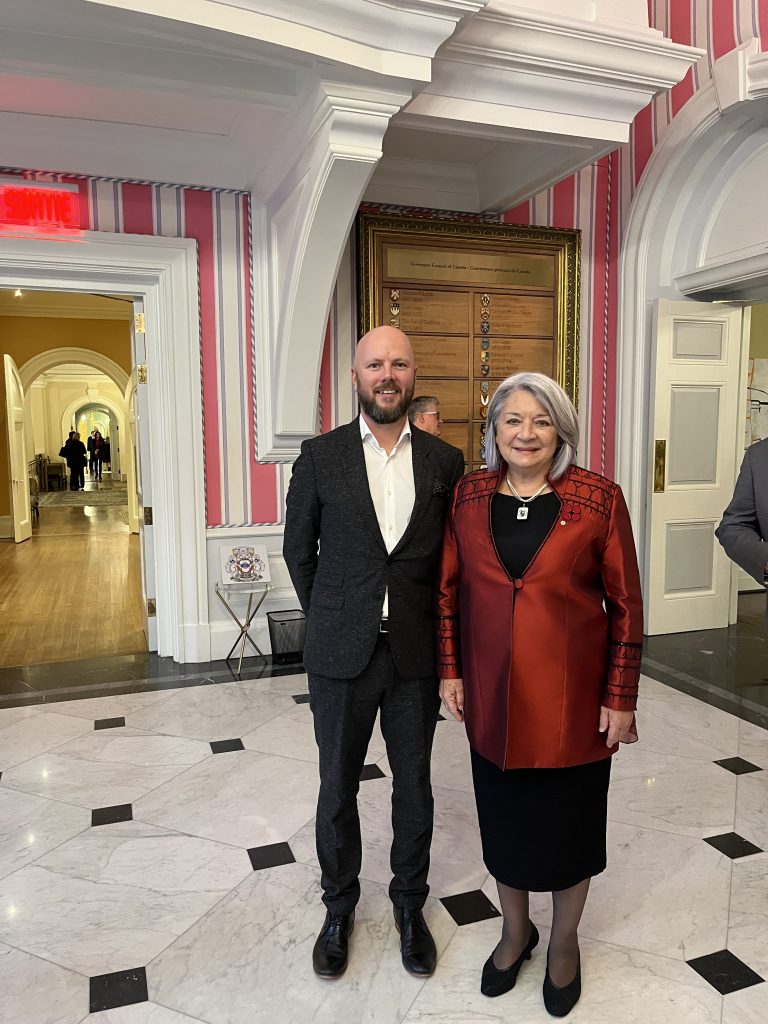
The work was deeply emotional. Mark’s great grandfather was murdered by Soviets during a massacre in Poland in 1940, his body dumped in a mass grave. Mark has letters that his great grandfather sent his grandmother trying to find out what happened before he was murdered and disappeared.
“She had to wonder for years, ‘Is my dad alive? Is he ever coming home?’” Mark says. “I thought about that a lot growing up, as I’ve gotten into my field of work in addressing atrocities, and as I worked on this report. There are obvious parallels to what happened to children in residential schools. There are people who’ve been asking the same questions my grandmother asked, ‘Are they coming home? What happened to them?
“Seeking answers to these questions is definitely something that resonates with me.”
Mark recently found himself on a bus in Ottawa, after the report was released, and he happened to sit beside a residential school survivor. She lost two sisters.
“She’s scrolling through her phone and shows me this photo of a derelict cemetery, and there’s these two wooden sticks you might find at a construction site, with two teddy bears sitting beside them,” Mark recalls. “She tells me she put the teddy bears there because that’s where her sisters are buried.”
Mark’s heart went out to the survivor, and he was reminded of the importance of listening.
“If you can’t open your heart and be open to those experiences, I don’t think you should be doing the analytical work of studying past abuse or atrocities,” he says. “What’s so incredible talking to the survivors I’ve engaged with is that, on one hand it is so devastating to hear their testimonies, but on the other hand they’re so full of hope that they can find their missing loved ones and pursue truth, justice, and reconciliation.”
“That kind of hope and resilience is gas in the tank for me on the harder days.”
Mark had to be careful not to let their stories affect him as he worked through his analysis. In the report, he focused on whether anyone could be successfully prosecuted for enforced disappearance at an international tribunal. It has not happened before, and he had to keep a level head and open mind, lest he start pushing square pegs into round holes.
“No one is served by making incorrect legal arguments just because you wish they were true,” he explains. “You must maintain a clear-eyed view that what you’re doing is logical, and that your conclusions flow from legal tests that have already been established. The power is in having a strong and well-supported answer based in law.”
In this case, he also had to make sure the analysis was accessible.
“We didn’t only write this for a bunch of lawyers to read and maybe do something about it – although we hope they do,” Mark says. “We limited jargon and clearly explained legal terms. There are examples, testimonies, and images so that people across Canada can access it and understand the legal arguments that are being made.”
Most reports of this type offer recommendations for decision-makers. This one includes 42 legal, moral, and ethical obligations for governments, churches, and other institutions that Mark hopes they will embrace and act upon. There is always a chance they won’t.
“The report itself is long and not everyone will read the whole thing,” Mark concedes. “But that’s why knowledge translation is so critical. We need to continue talking about these concepts and ideas, and hopefully that’s where it gains traction.”
Mark says there’s also a lesson to be learned by UFV students — don’t be afraid to pursue an opportunity.
He first heard about the Murray report when reading a news article. He added Kimberley, who he’d never met, on LinkedIn and sent a message saying he wanted to help. That led to a Zoom meeting and Mark volunteering to write a couple of pages of legal analysis and ideas for Kim and her team to evaluate. Within a few months, he was hired.
“It’s the first and to-date only time I’ve ever cold messaged someone on LinkedIn, but I really wanted to do this, and it’s turned out to be the most meaningful work I’ve ever done professionally,” he says. “It all started with a leap of faith, messaging someone I didn’t know to ask how I could help.”
Find the full Murray report online at https://osi-bis.ca/report/final-report-october-2024-2/.


